A century-old classic, a ballet feast.
The Russian National Ballet Theatre, a shining pearl in the world of ballet, is an art palace with many honors. It has won the love and praise of countless audiences with its superb skills and unique style. It represents the pinnacle of Russian ballet art. This time, they will bring the century-old classic ballets "Swan Lake" and "The Nutcracker" to China, bringing the audience a double feast of vision and hearing.
The Nutcracker, a fairy tale world
The Nutcracker, a ballet full of fairy tale colors, a gorgeous visual feast, creates a magical and wonderful world with its exquisite costumes and props. The Nutcracker, a ballet full of fairy tale colors, a gorgeous visual feast, tells the wonderful experience of a little girl on Christmas night. The dance in the ballet is graceful and moving, the music is cheerful and pleasant, and the scenes are magnificent and spectacular, which will take you into a world full of fantasy and miracles.
Brilliant, the pinnacle
The Russian National Ballet Theatre's versions of Swan Lake and The Nutcracker are unique interpretations that perfectly combine classics with classical music, bringing audiences an unprecedented artistic experience with their new perspectives and unique performances. The actors of the Russian National Ballet Theatre are skilled dancing elves with rich performance experience and profound artistic attainments. They will present the charm of the two classic ballets to the audience with their graceful dance moves and moving performances. In addition, the costumes and props of this China tour are also very exquisite, which will bring more shocking visual effects to the audience.
Art pilgrimage, spiritual baptism
Watching the ballet of the Russian National Ballet Theater is a pilgrimage to art and a baptism of the soul. For children, watching ballet can cultivate their aesthetic ability and artistic appreciation ability, allowing them to become better in a subtle way. For adults, watching ballet can allow them to relax and enjoy the beauty of life.
Unique charm, a century-old classic
Swan Lake and The Nutcracker are classic ballets that have been performed for centuries. They have been performed for a long time because of their profound connotations and exquisite artistic expression. These two ballets not only show beautiful dances and moving music, but also convey beautiful values such as love, courage, and kindness, allowing the audience to be spiritually nourished while appreciating art.
The Russian National Ballet Theatre's versions of Swan Lake and The Nutcracker have a unique charm. The actors in the theatre are all professional dancers who have undergone rigorous training. Their performances are very exciting and can fully demonstrate the charm of ballet. In addition, the theatre's directors and choreographers are also very outstanding. They can interpret classic ballets in a new way, allowing the audience to appreciate traditional art while also feeling the modern atmosphere.
Music masters present
The music of Swan Lake and The Nutcracker was composed by the great Russian composer Tchaikovsky, and many of his pieces have become classics. The music in the play has been evaluated as "the first time that a dance work has a musical soul". Tchaikovsky improved the expressiveness of ballet music, and deepened the drama of the work through symphonic development and characterization of characters. Since the premiere of Swan Lake in 1877, it has been continuously re-arranged to become the most famous ballet in the world, and the sold-out grand occasion has created a true stage myth. His music is full of emotion and power, and can touch people's hearts. His Swan Lake and The Nutcracker are classics in ballet, and the poetic and picturesque dream dance has moved generations of audiences with its beautiful melody and moving stories.
Shocking and lasting legacy
The music of Swan Lake is beautiful and full of romanticism. Tchaikovsky used his music to depict a beautiful and mysterious world of Swan Lake, allowing us to feel the beauty and power of love. The music of The Nutcracker is cheerful and lively, full of childlike fun. Tchaikovsky used his music to tell us a little girl's wonderful adventure story, allowing us to feel the joy and warmth of the festival.
A masterpiece, highly praised
The Russian National Ballet Theatre enjoys international fame not only for its masterpieces of classical choreography, but also for the original works of its artistic director Vyacheslav Gordeyev. His choreographic skills are shown not only in classical works, but also in performances of various genres and styles. People's Artist of the USSR, a famous Russian dancer, Bolshoi Theatre soloist, ballet master, choreographer, theatre director and educator. In 1992, after the theatre's European tour of his works, he was awarded the "Best Choreographer of the Year" award, and later received the Maurice Bezal Special Award. Gordeyev is the founder of the first Russian professional magazine "Ballet", and he made an important contribution to the development and promotion of Russian ballet. He graduated from the Ballet Master Academy of the State Institute of Theatre Art (GITIS), and many years later received a professorial degree, leading the Ballet Master Academy's courses.
State-owned troupe, numerous honors
Located at 121 Volga Avenue in Moscow, Russia, the Russian National Ballet Theatre tours Europe every year. According to the British newspaper Western Morning Post, few people have the privilege of witnessing such a brilliant performance by the Russian National Ballet Theatre. In Germany, their performance won the "Golden Ticket Award", which means that more than 100,000 spectators have enjoyed their wonderful performance during a tour. It was praised by the British magazine "The Magazine" as "a showcase of ballet talent" and was also awarded the honorary title of "Europe's Best Ballet Company" by the "Association of Western European Artists". In Russia, the Russian National Ballet Theatre won the famous national award named after Fyodor Volkov, the founder of the Russian Theater.


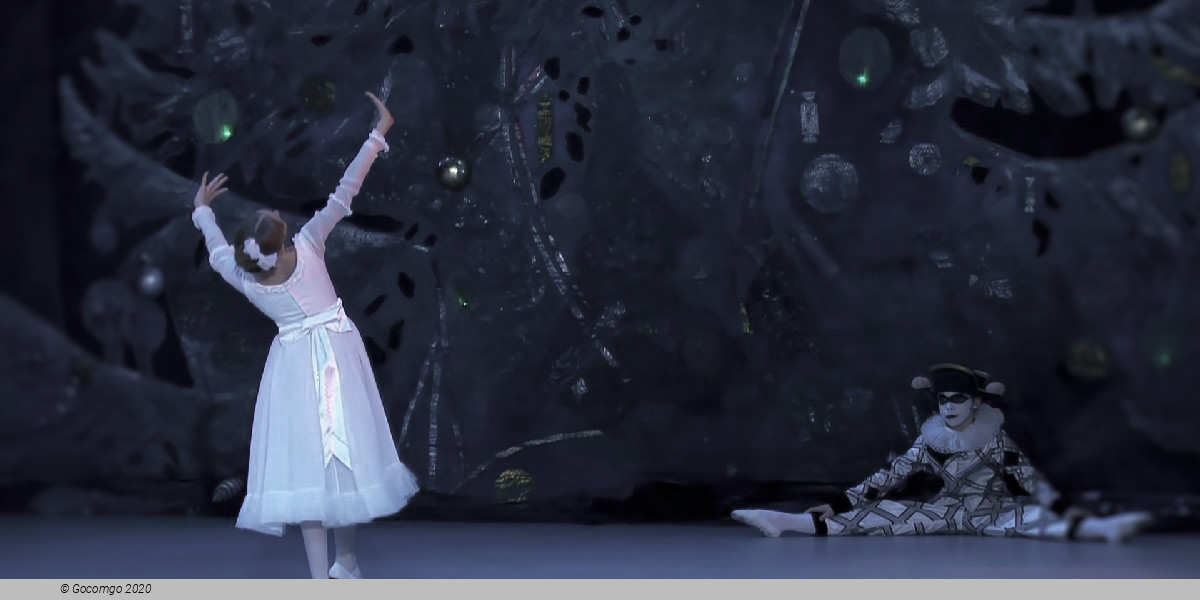
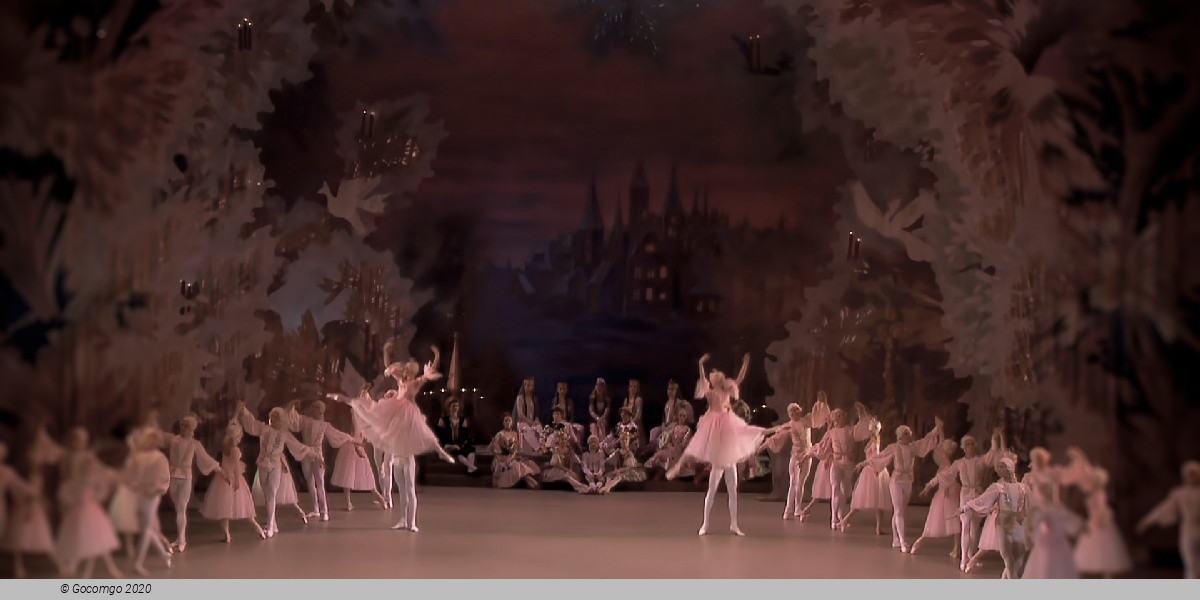
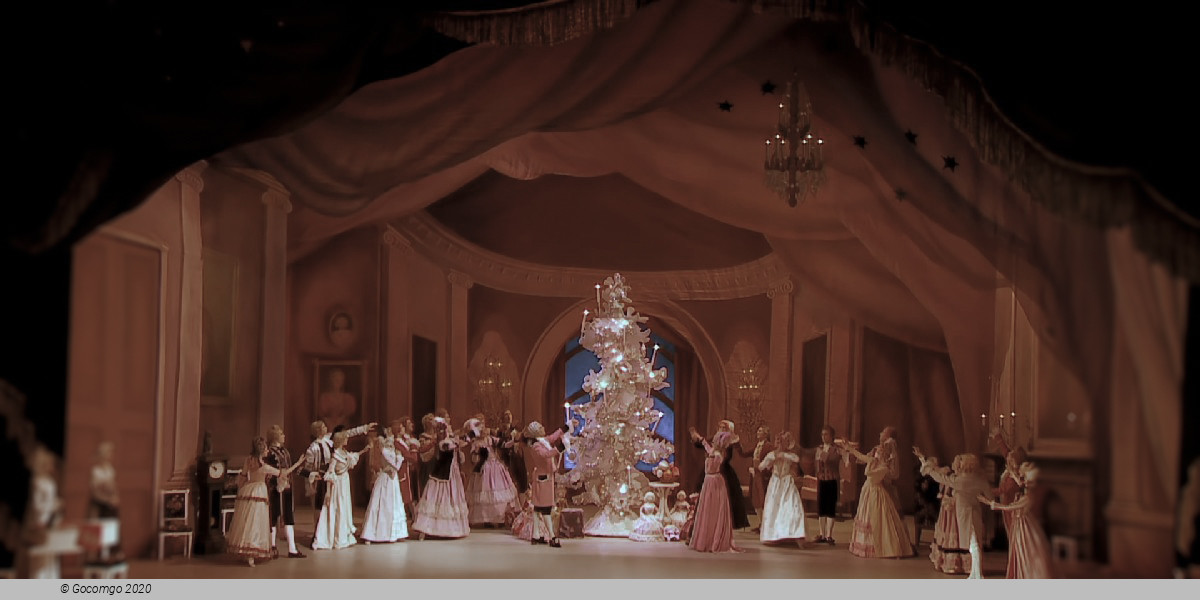
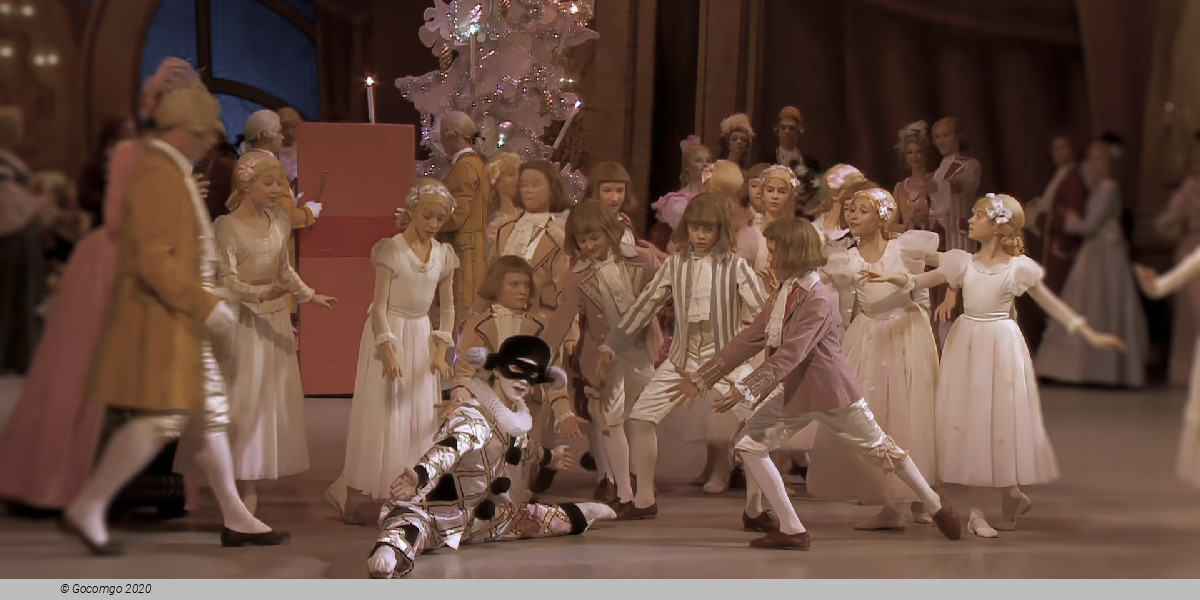
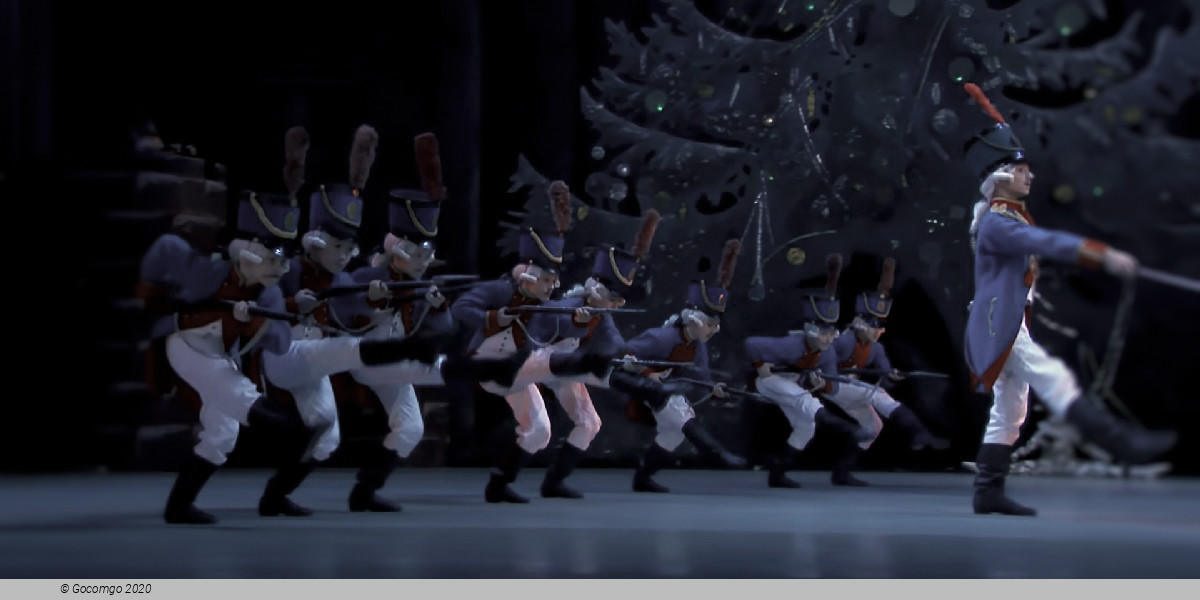

 425 Dingxiang Lu, near Century Blvd
425 Dingxiang Lu, near Century Blvd